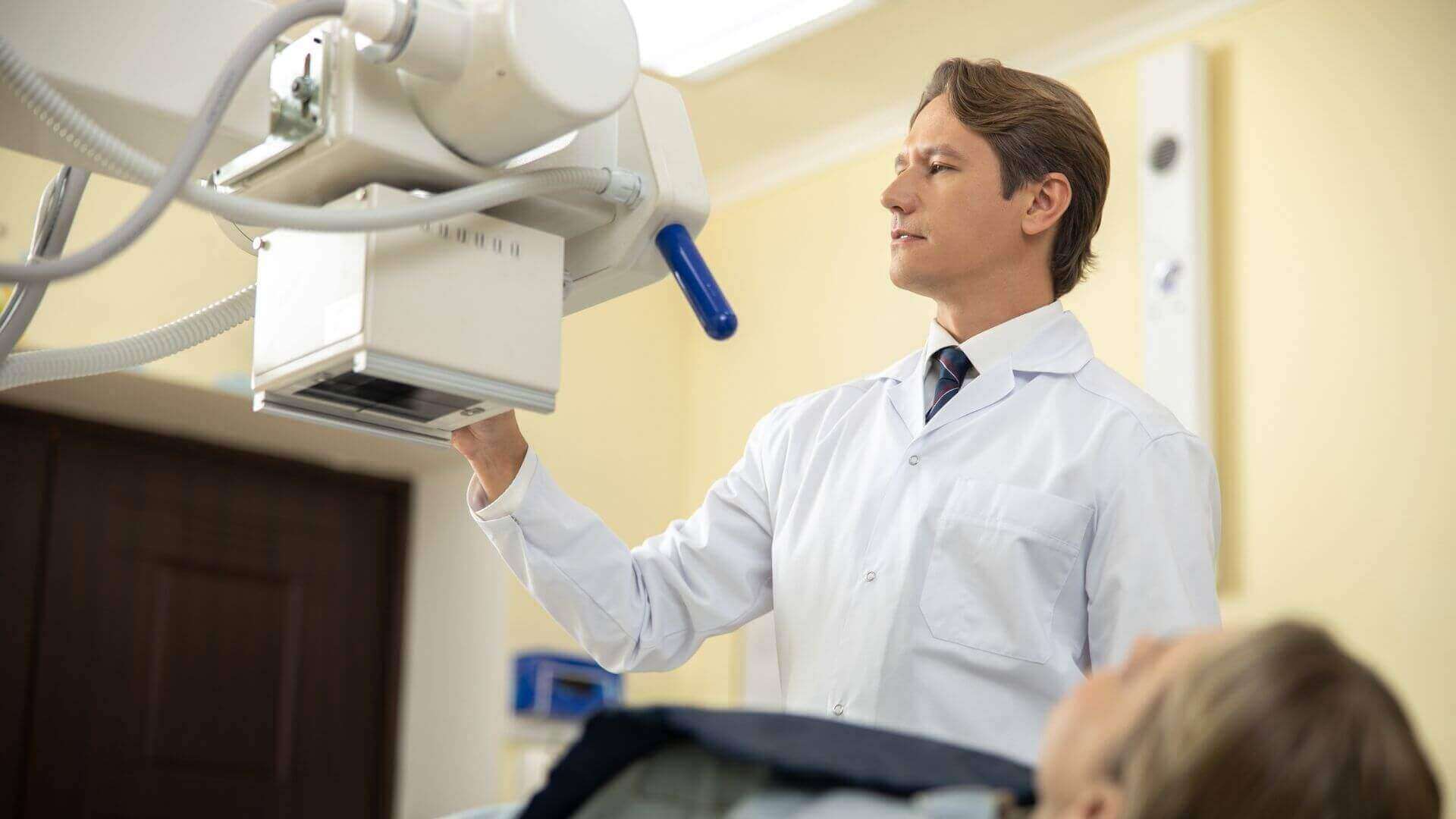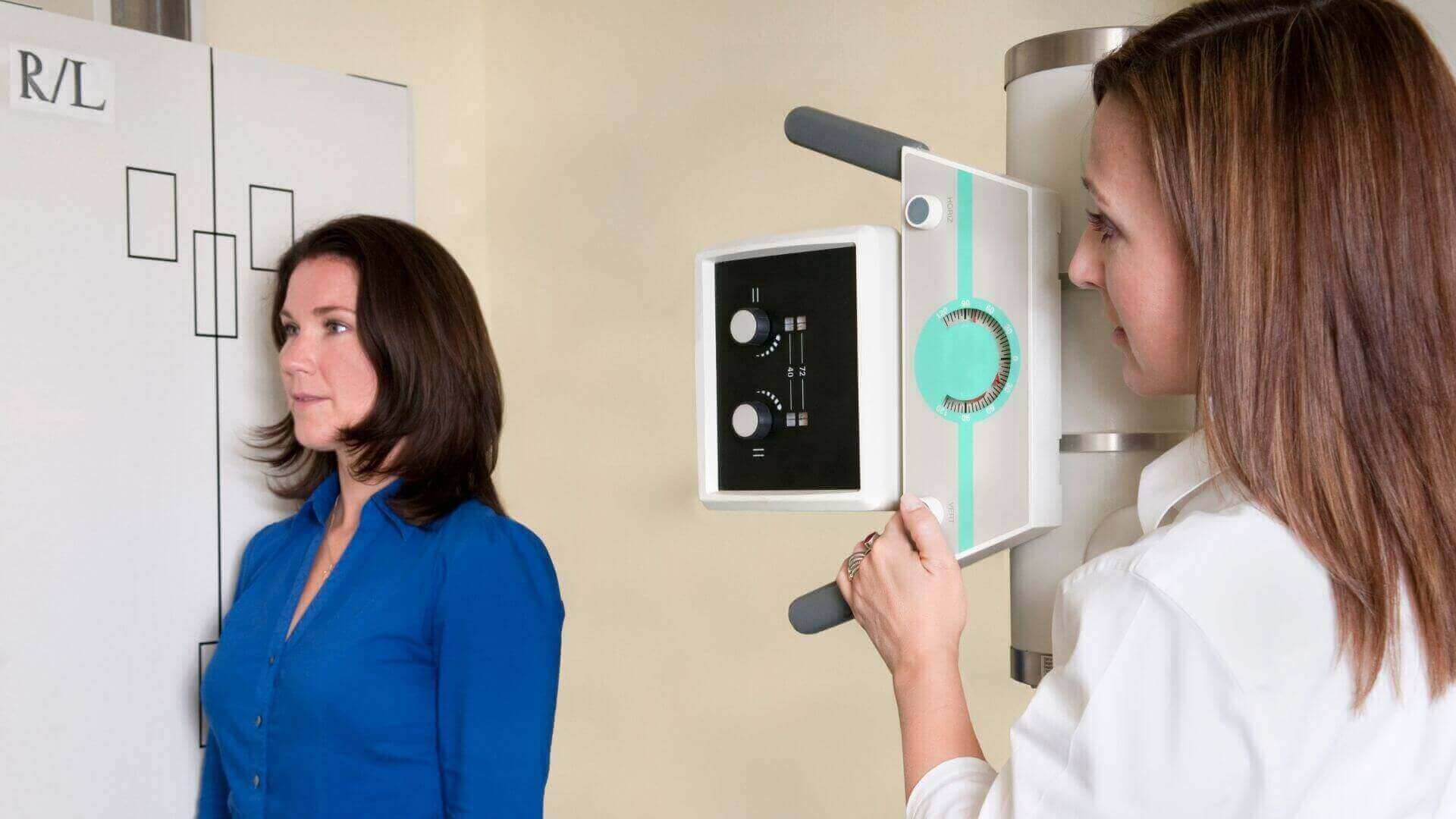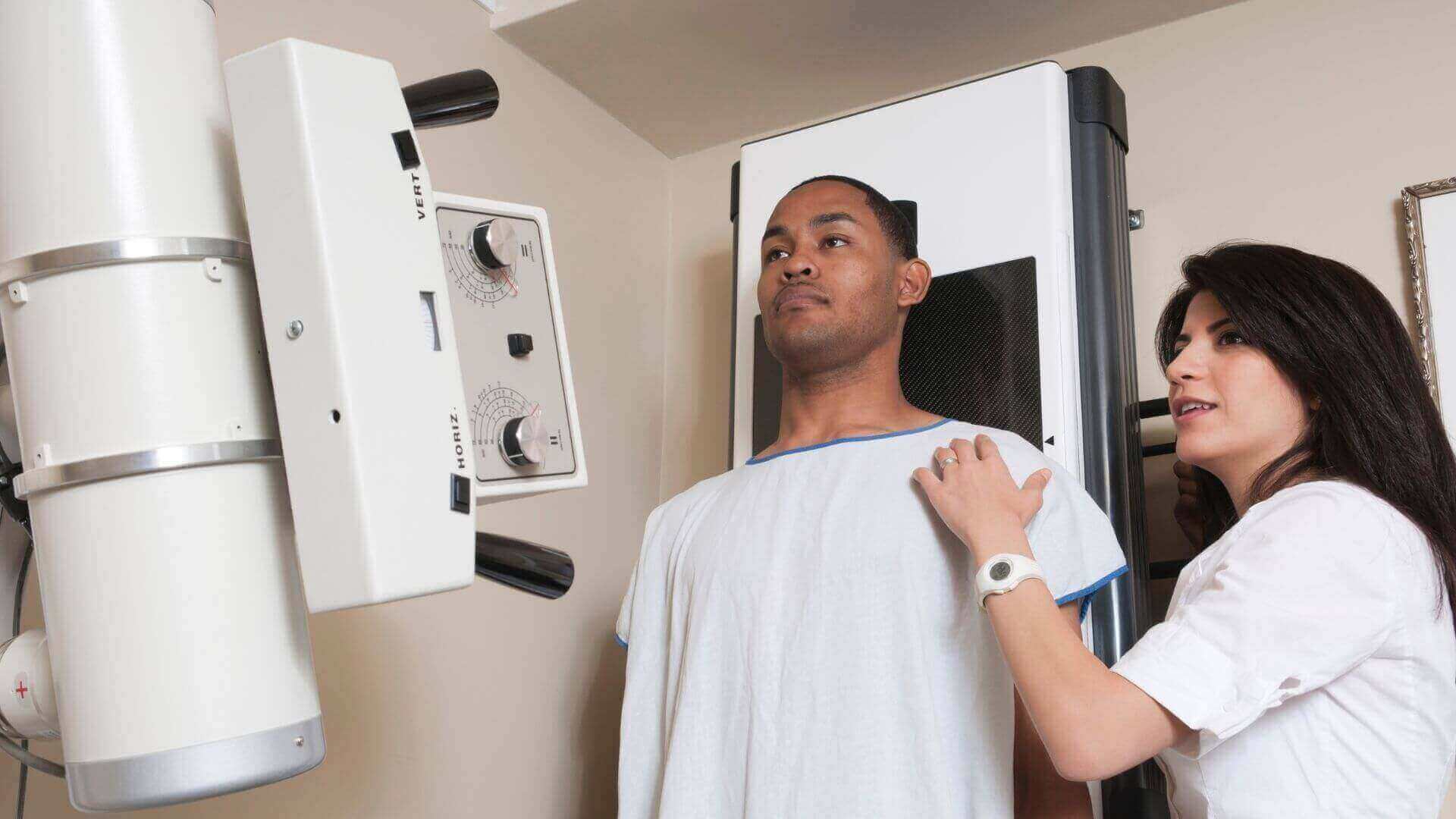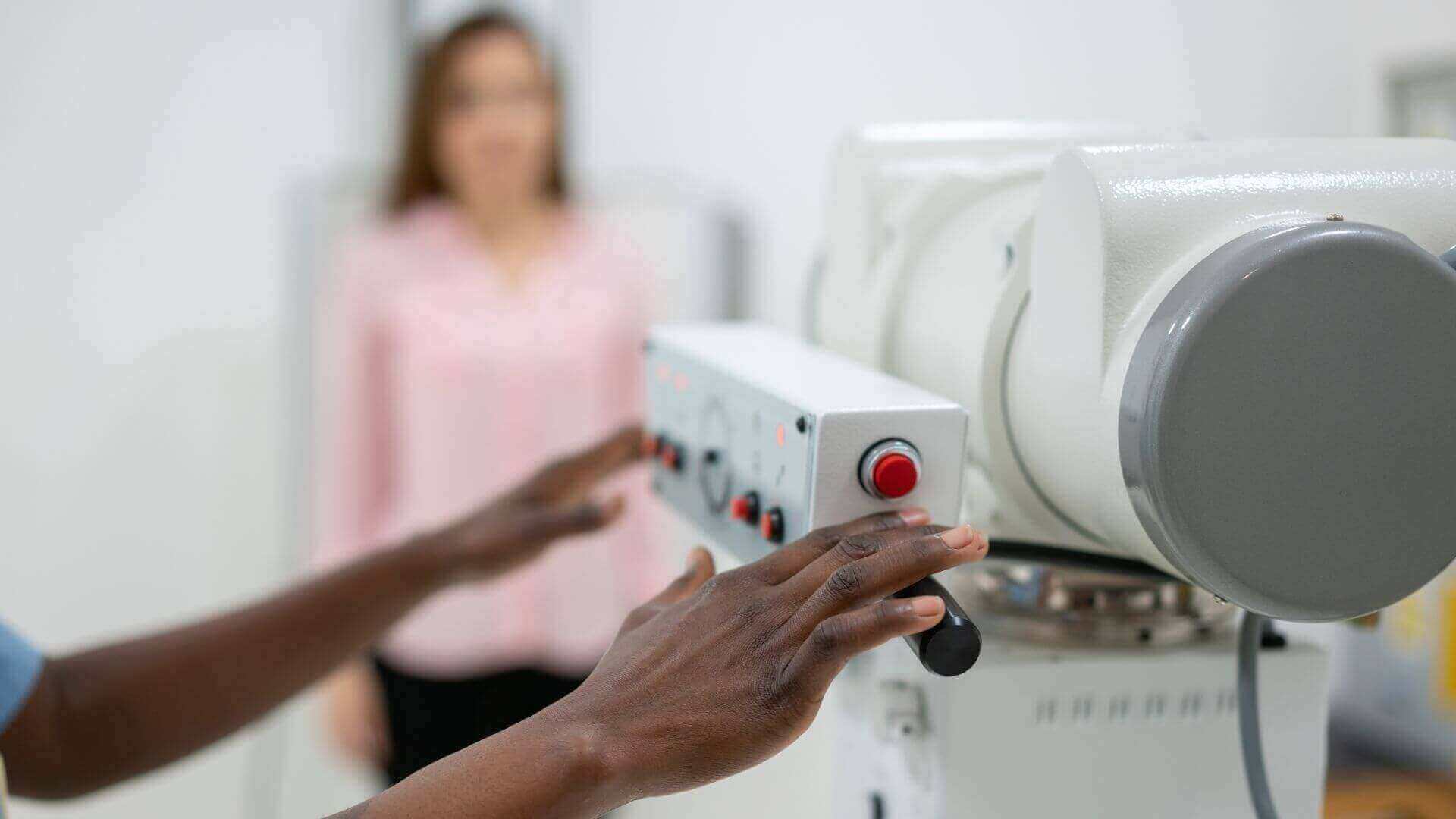Should You Become an X-Ray Technician, and How?
Date: February 23, 2023
A profession as a modern limited X-ray technician may be a good fit. Gaining skills in this field can allow one to enter the medical world and begin working sooner rather than later.
A specialized vocation and a vital contender in today’s complex healthcare community, an X-ray technician is a fully-licensed professional role that can allow one to fulfill service within wellness environments. Such a role also allows you to contribute to medical advancements and garner gainful employment. By and large, a limited license X-ray technician program can be completed in approximately 12 months/52 weeks.*
What Do Limited License X-ray Technicians Do?
Limited license X-ray technicians work with healthcare professionals preparing patients for examinations and producing radiographs of the human body for analysis by doctors. This is accomplished using visual imaging. Technicians also operate, adjust, and maintain equipment used to show portions. They train to perform radiographic and ancillary medical procedures commonly needed in healthcare settings such as urgent care facilities, imaging centers, physicians’ practices, and orthopedic offices.1
Vital to medical facilities, X-ray technicians manage radiologic imaging processes, operate diagnostic testing equipment, use digital imaging, explain procedures, and prepare and position patients for imaging processes. They also conduct X-ray examinations of the upper and lower extremities, chest, skeletal, and torsoskeletal areas. Additional duties may include taking patient assessments and recording vital signs. The places and uses of radiology are becoming more diverse.
Four levels of practice or vocational options within the modern radiologic technology profession are:
1) Radiologic Technologist
The radiologic technologist is an RT, rad tech, X-ray tech, and occasionally a radiographer. The vocation generally requires graduating from a two-year, accredited school of radiologic technology. These professionals perform general radiographic examinations on any body part, organ, system, or structure.
2) Extended Practice or Specialization
This RT has gained expertise and experience beyond the standard radiologic technologist. Extended practice areas fall into these categories, cardiovascular interventional technology, CT, MRI, mammography, bone densitometry, quality management, or nuclear medicine.
3) Registered Radiology Assistant
The registered radiology assistant is an advanced-level radiologic technologist who enhances patient care by extending radiological capacities in diagnostic imaging environments. The role falls somewhere between the traditional areas of radiologist and radiographer.
4) Limited Permit X-ray Technician
The limited permit X-ray technician may perform specific examinations of certain anatomical regions. Individuals demonstrating competency receive limited licensure, permitting, or certification as determined by training and state radiology boards.
Varying by state, limited license X-ray technicians have certification within limited areas or `scopes.’ California licenses for limited scopes of practice in these categories:
- Chest
- Extremities
- Arm and Hand
- Leg, Knee, and Hip
- Shoulder
- Skull and Sinus
- Spine
- Podiatric
- Foot and Ankle.2
Requirements vary by state. For specific information, contact your state radiology board.3
How to Become a Limited License X-ray Technologist
Limited X-ray technology graduates must pass the California State Examination for licensure. The three-step process for this is as follows.
- Enroll in an accredited XT course.
- Upon completing training requirements, schedule an appointment to sit for the Limited Scope of Practice in Radiography Examination.
The exam contains two parts: A) a core section made up of 100 questions. Questions cover physics, radiation biology, safety, technical factors, film processing, and patient positioning; and B) a procedure section containing 20–25 questions in one’s interest scope.2
- After passing the Limited Scope of Practice in Radiography Examination, one is issued a license in the modules passed.
License renewal varies by state. Many states require continuing education. Membership within the American Society of Radiologic Technologists (ASRT) can provide continuing education courses. State licensing requirements may vary.
Gurnick Academy advocates students follow a limited X-ray technician course with a medical assistant skills program. Finishing this can allow one to pursue entry-level positions in physicians’ offices, chiropractic clinics, imaging centers, industrial health facilities, and governmental agencies. As one vocational option within the modern radiologic technology profession, a limited permit for X-ray education can be a bridge to other industry roles such as an A.O.S. in Radiologic Technology, an extended practice or specialization, or a role as a registered radiology assistant.
Generally, students finish the program with a command of healthcare professionalism, technological knowledge, and best practices in radiation protection skills. Other skills include the ethical and legal aspects of radiation, physics, radiobiology, and biology. Most who take the course report a tremendous and lasting sense of achievement.~
*Indicates approved instructional weeks
Citations:
1 “Detail Occupational Guide.” 2020. Ca.gov. State of California, Employment Development Department. www.labormarketinfo.edd.ca.gov/OccGuides/default.aspx.
2 “Get Limited X-Ray License.” n.d. Www.glaciermedicaled.com. Glacier Valley Medical Education. Accessed April 12, 2021. /www.glaciermedicaled.com/index.php.








